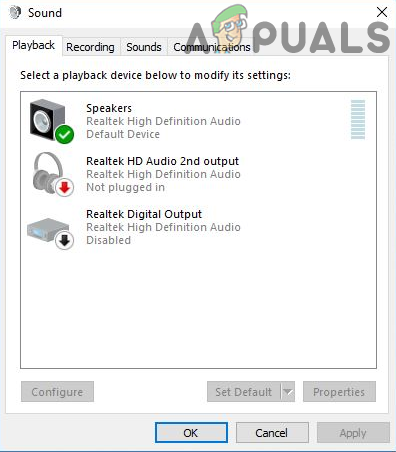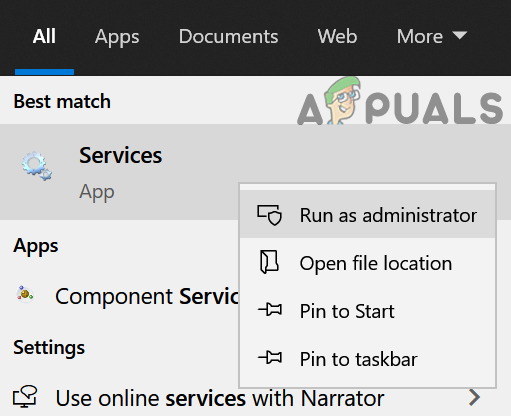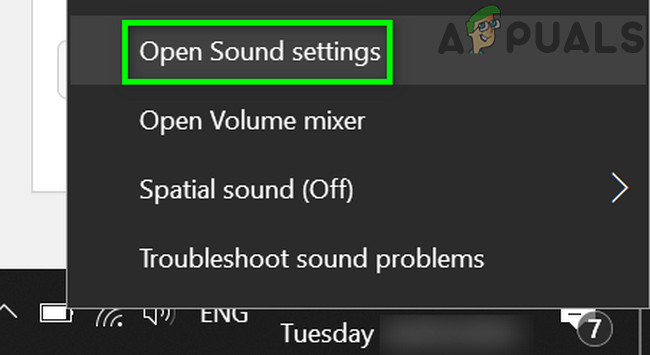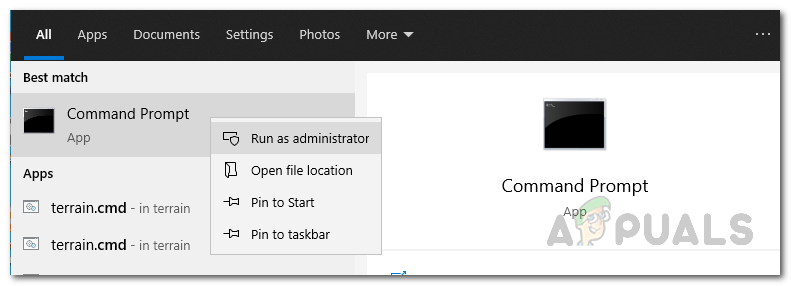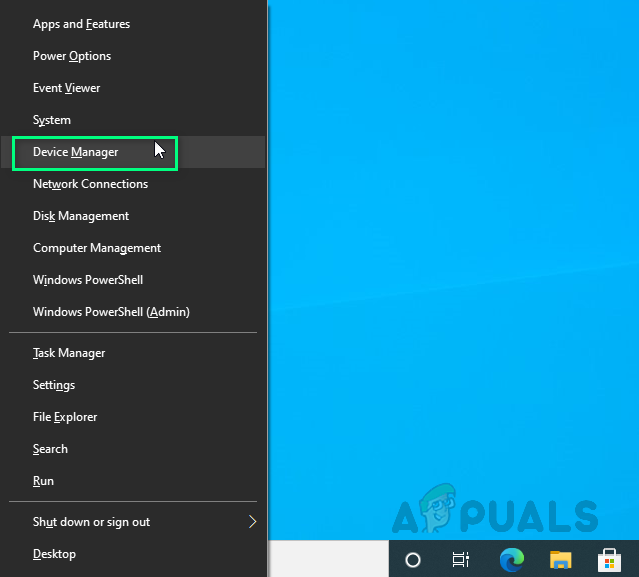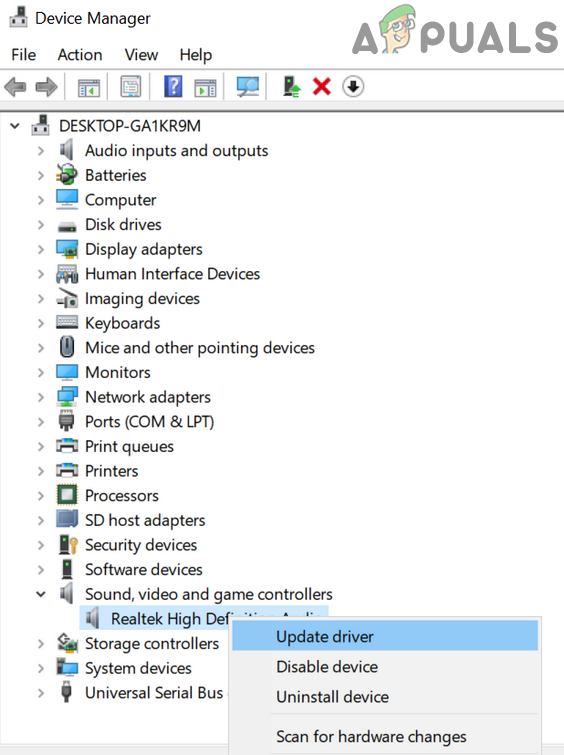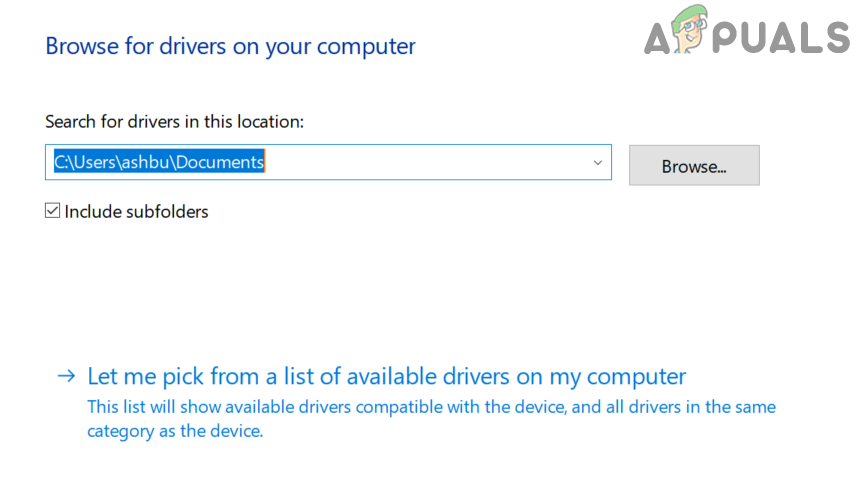The user encounters the issue, after the update when the system’s audio stops working properly (either mic, speaker, or both). The issue is reported on both i.e. built-in & external sound cards. Before moving on with the solutions to fix no audio output, make sure your speakers/headphones are not muted and their jacks are properly inserted into the port (make sure front & back panels are enabled in the Audio Manager). Additionally, check if Ease of Access Audio Settings are properly configured (device volume and change the device or App volumes are set to 100% ). Furthermore, check if running the Audio Troubleshooters (Playing and Recording Audio) solves the issue. Also, make sure the audio output is not set to digital audio or 5.1 (set it to stereo) and your mic is set as the default communication device. Additionally, check if starting your system with bare minimums solves the issue.
Solution 1: Change Start Up Type of Windows Audio Service to Automatic
You may encounter the error under discussion if the start-up type of Windows Audio Service is not set to Automatic as it can create delays when called by processes. In this context, changing the start-up type of Windows Audio Service to Automatic may solve the problem.
Solution 2: Disable the Audio Enhancements
Third-party vendors & Microsoft add enhancement packages to make your system’s sound perfect (called Audio Enhancements in Windows 10). But these enhancements can sometimes break the basic operation of the audio device and thus cause the error at hand. In this scenario, disabling the audio enhancements of your audio device may solve the problem.
Solution 3: Add Services to Local Groups
You may encounter the error at hand if your local group user does not have access to the required system services. In this context, adding the services to the local group may solve the problem.
Solution 4: Update/Reinstall the Audio Drivers
You may encounter the error under discussion if the audio drivers of your system are outdated, corrupt, or incompatible. In this case, reinstalling the audio drivers may solve the problem. But before updating the driver, you may try to roll back the driver or install an older audio driver to check if that resolves the issue. If this doesn’t work, we will try to manually update the drivers and select the ones that are to be installed.
Solution 5: Disable Memory Integrity in the Windows Security
Your system’s audio might not work if its driver is not compatible with the memory integrity of Window Security (which will stop the execution of the driver). In this scenario, disabling memory integrity in Windows Security may solve the problem.
Solution 6: Reinstall Intel SST OED Driver
You may encounter the error under discussion if the Intel Smart Sound Technology (SST) OED driver is corrupt. In this context, reinstalling the Intel SST OED driver may solve the problem. If the issue persists, then reinstalling the Dolby access driver (driver from the OEM site and application through the Microsoft Store) solves the issue. If not, then disabling/enabling Plugin Alliance plugins solves the issue. If you are using Sound Blaster Command, you may have to set the playback to Direct Mode. Furthermore, check if setting the playback device to SPDIF – Out (if you are using a SPDIF cable) solves the issue. If the issue is still there, then you may have to remove the Windows update (if the issue started after a Windows update) or revert to the older version of Windows 10 (if you can). Moreover, check if restoring the system solves the issue for you. If the issue is still there, then either you have to reset your PC to defaults or perform a clean installation of Windows.
[FIX] Windows 10 Version 2004 Failed 0xc19001e1[Fixed] ‘rdr_file_system 0x27’ BSOD after Windows 10 2004 UpdateFix: Unable to Access Network Shares After Upgrading to 2004Windows 10 20H1 2004 Blocked By Windows Security App? Here’s A Solution To…
